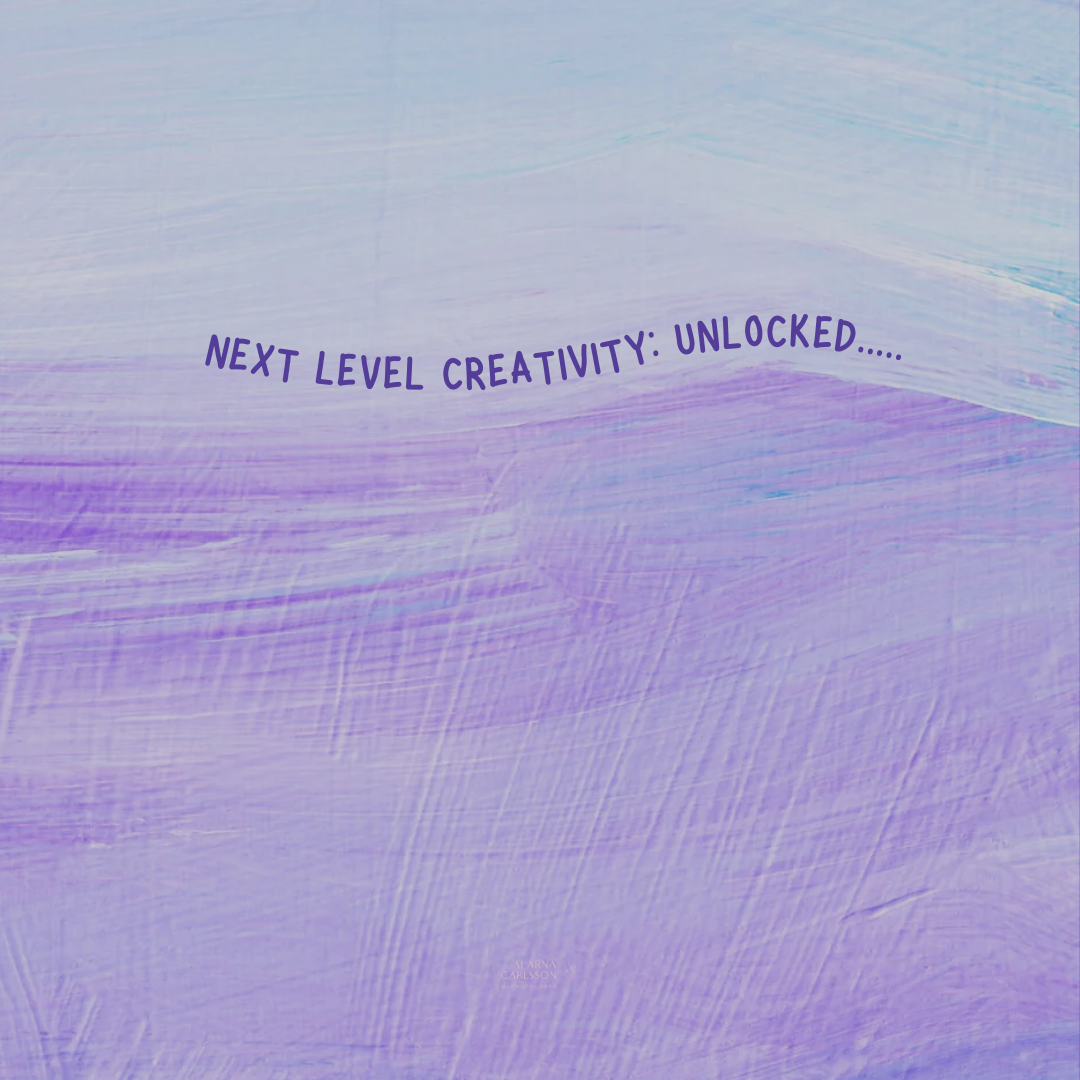The concept of “manifesting” has become increasingly popular, often presented as a mystical process where thoughts magically transform into reality! But beneath the new age hype lies a practical psychological framework worth understanding. Here is the truth about manifesting.
Your unconscious thought patterns and beliefs profoundly influence your behaviour and, consequently, your life circumstances. This isn’t necessarily mystical—it’s psychological. Let’s explore how this actually works.
The Unconscious Mind: Your Life’s Operating System
Your unconscious mind functions kind of like an operating system running in the background, containing deeply held beliefs about yourself, other people, and how the world works. These beliefs weren’t necessarily chosen consciously—many of them formed during childhood or through repeated experiences.
When you believe “I’m not good with money,” “Relationships always end badly,” or “Success comes easily to others but not to me,” these aren’t just passing thoughts. They’re programmed expectations that direct your perception, decisions, and actions.
The Mechanics: From Belief to Reality
Here’s how unconscious beliefs manifest in your external reality:
- Selective Perception: Your brain filters the endless information bombarding your senses, highlighting what aligns with existing beliefs while dismissing contradictory evidence. If you believe “no one appreciates me,” you’ll notice every slight while overlooking expressions of gratitude.
- Behavioral Alignment: You unconsciously behave in ways that confirm your beliefs. If you believe you’re “not a math person,” you might avoid numerical challenges, study less diligently for math tests, or give up quickly when faced with difficult problems—all behaviors that ensure your belief remains “true.”
- Decision Pathways: Your beliefs create decision-making shortcuts. Someone who believes “the world is full of opportunities” will explore options someone who believes “good opportunities are rare” wouldn’t even consider.
- Emotional Responses: Your beliefs determine your emotional reactions to situations, which in turn affect outcomes. Believing “public speaking is terrifying” triggers physical anxiety responses that impair performance, reinforcing the original belief.
Taking Meaningful Action: Beyond Internal Alignment
While understanding and reshaping your internal landscape is crucial, manifesting isn’t complete without aligned action. Here’s how to bridge the gap:
Start with Belief Archaeology: Identify limiting beliefs by examining patterns in your life. Where do you consistently struggle? What explanations do you give yourself? These narratives reveal your programming.
Rewrite Core Beliefs: Once identified, deliberately challenge and replace limiting beliefs. This isn’t about positive affirmations alone—it’s about finding evidence that contradicts limiting beliefs and building new neural pathways through repeated exposure to new perspectives. Hypnotherapy is a wonderful tool to help with this!
Align Actions with Desired Outcomes: As your beliefs shift, consciously choose actions that support your goals. If you want financial abundance, take concrete steps toward financial literacy and wealth building. If you seek meaningful relationships, practice vulnerability and communication skills.
Create Implementation Intentions: Form specific if-then plans for situations where old patterns might emerge. “If I feel intimidated in the meeting, then I will take three deep breaths and share at least one idea.”
Build Evidence Through Small Wins: Each small success creates evidence that reinforces new beliefs. Celebrate these wins deliberately to strengthen neural connections supporting your desired reality.
The true power of manifesting lies not in magical thinking but in understanding how your unconscious mind shapes your reality through perception, behaviour, and decision-making. By bringing awareness to these processes and taking aligned action, you can indeed become the architect of your experience—creating a life that increasingly reflects your conscious intentions rather than unconscious limitations.
You are a powerful creator, and you can absolutely change the way you see yourself and your life. The ripple effects of this can allow you to completely transform your life. It does take commitment, patience and the ability to consistently pivot when required.








